Letter-sound correlation Worksheets for Kids
9 filtered results
-
From - To
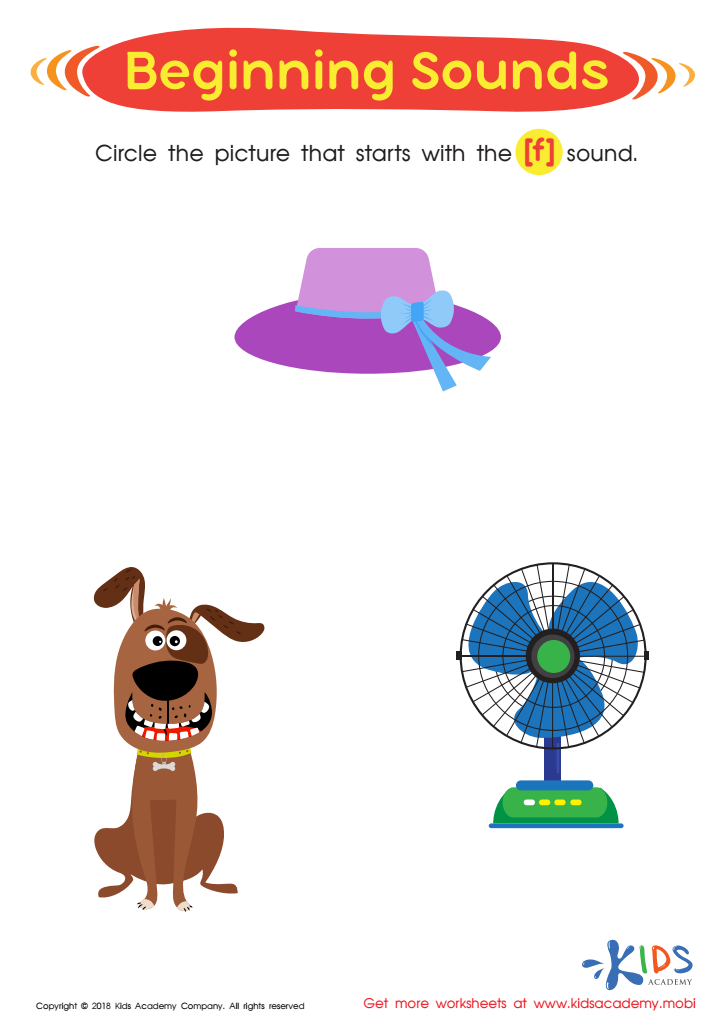

Beginning Sounds Assessment Printable
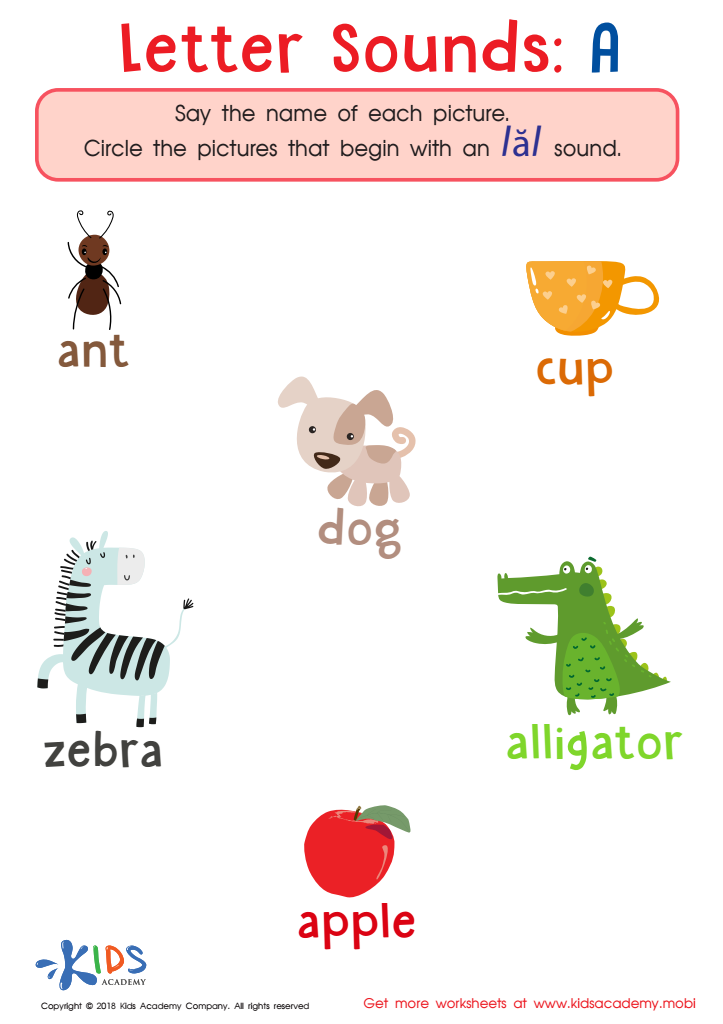

Letter A Sounds Worksheet
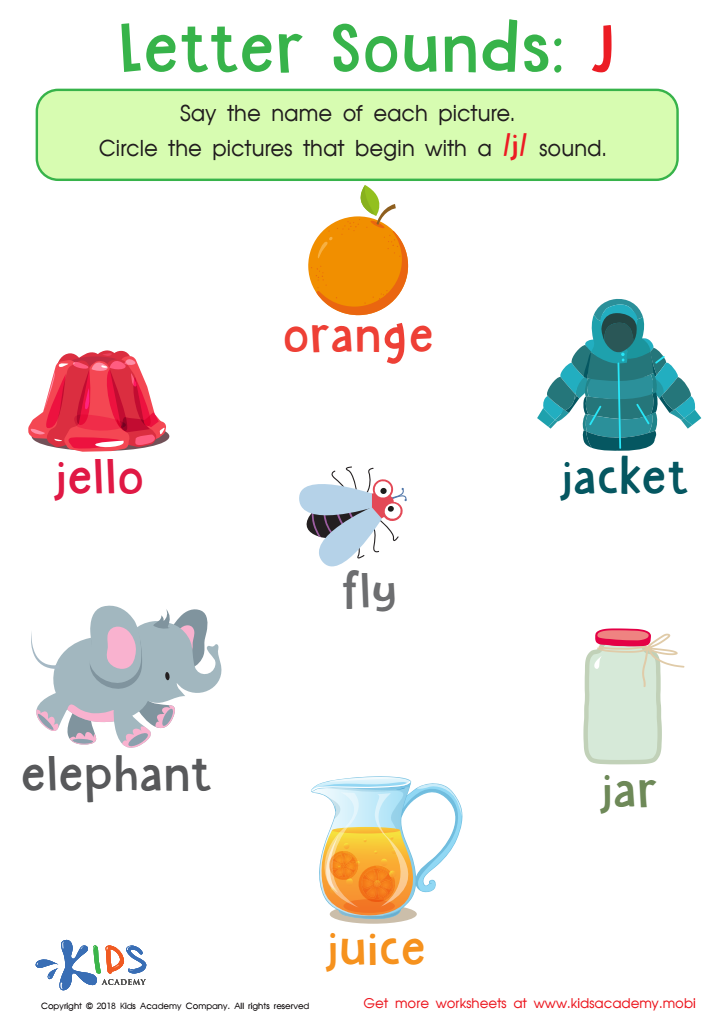

Letter Sounds: J Printable Worksheet
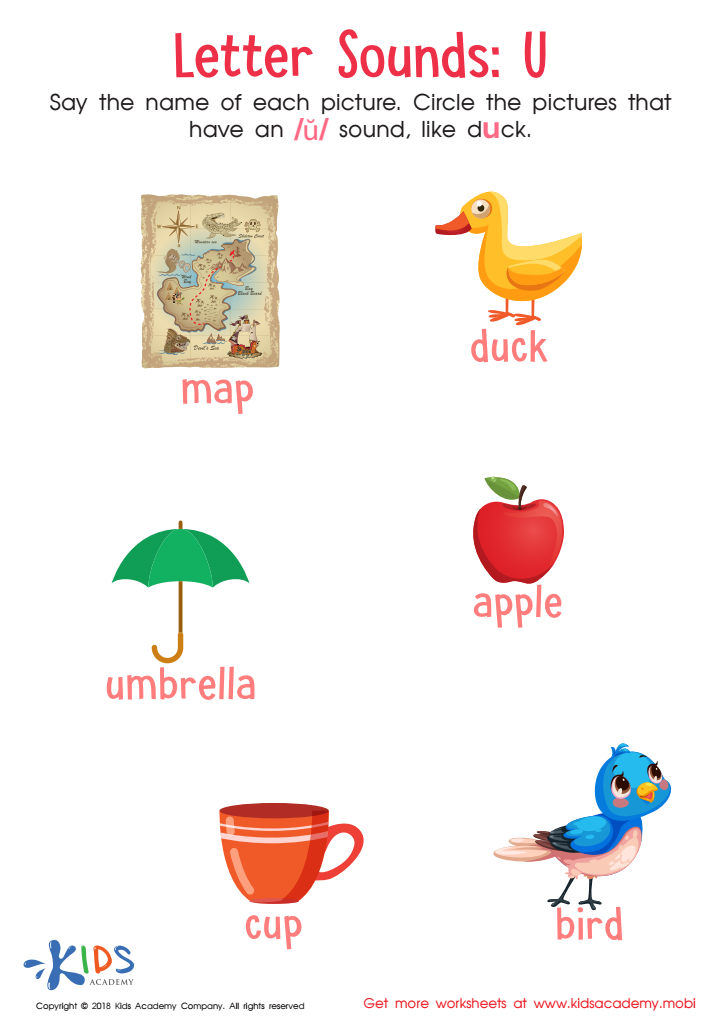

Letter U Sounds Worksheet
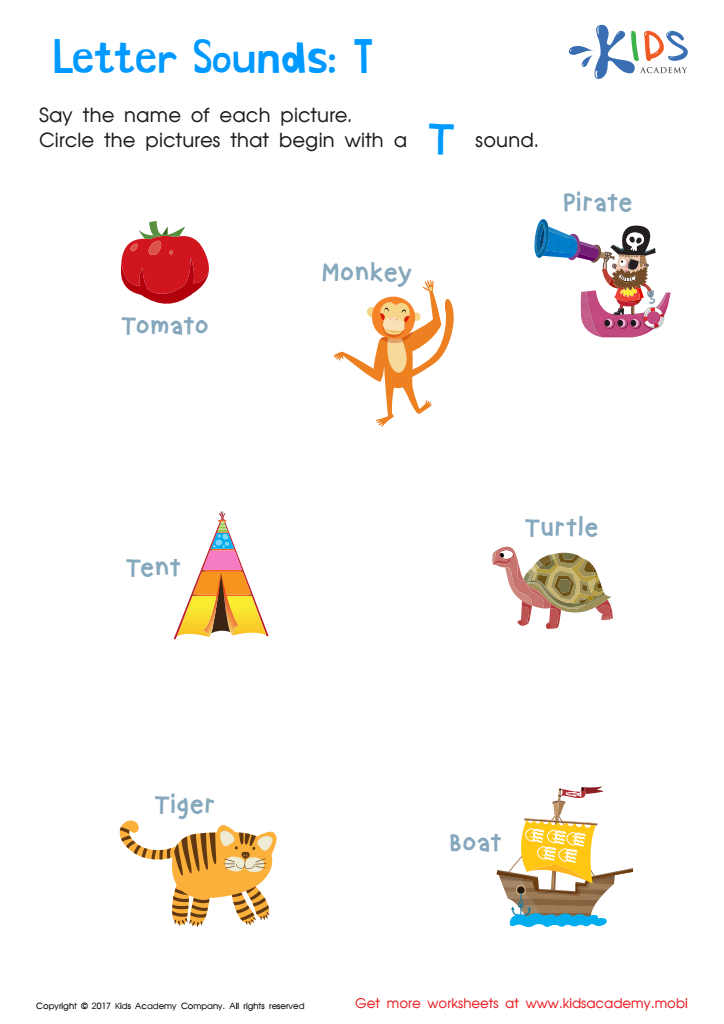

Letter T Sounds Worksheet
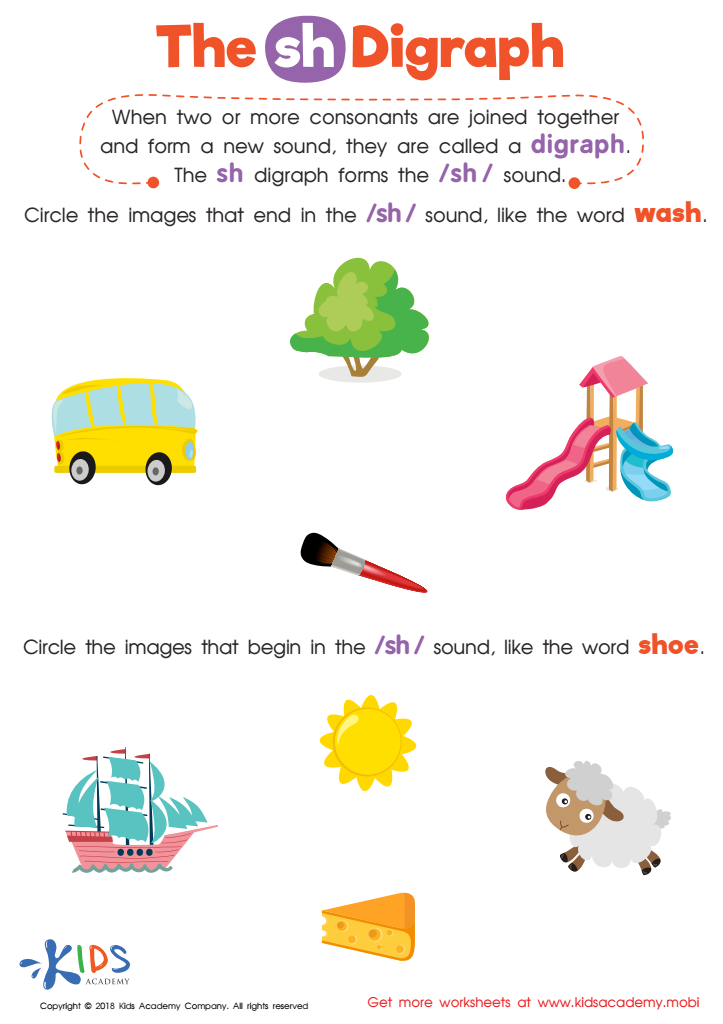

The SH Digraph Worksheet
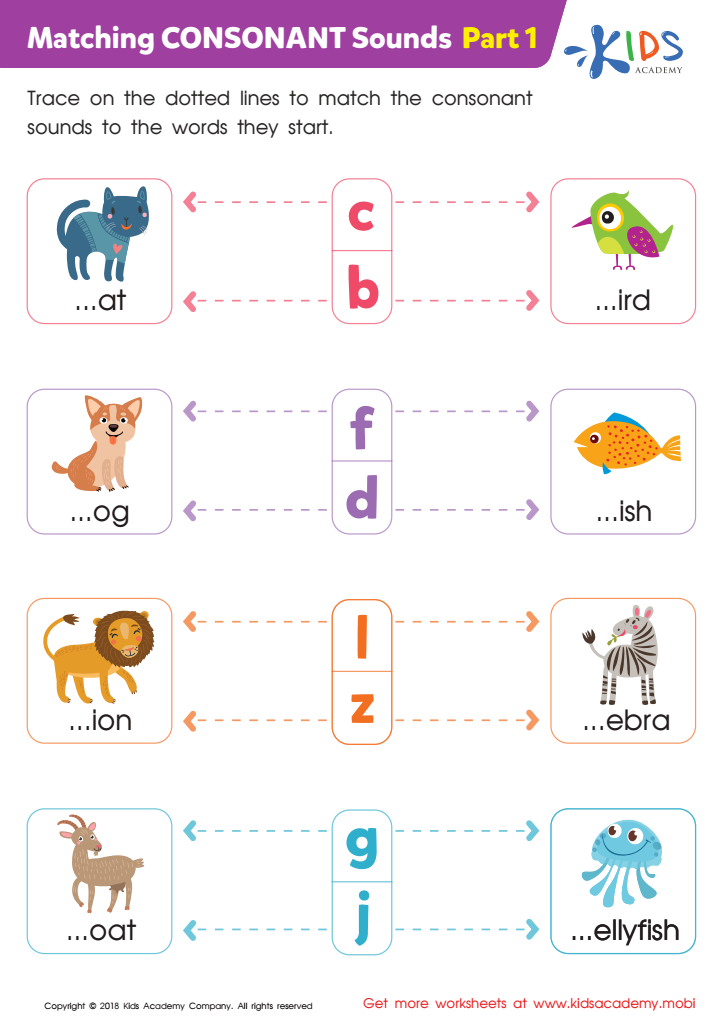

Matching Consonant Sounds: Part 1 Worksheet
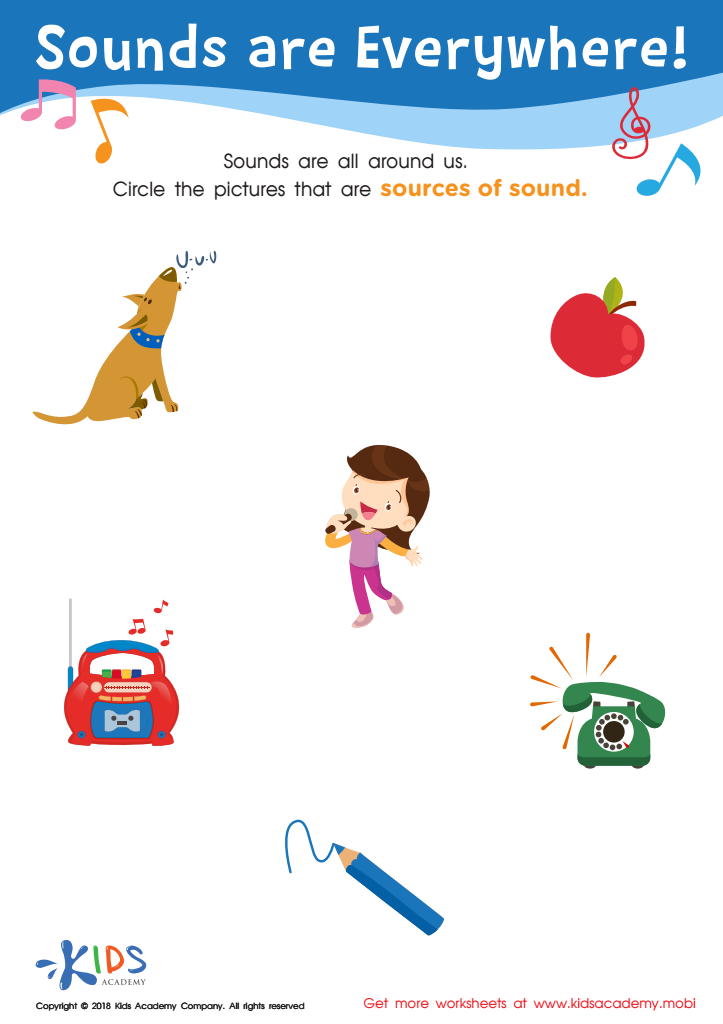

Sounds Are Everywhere! Worksheet
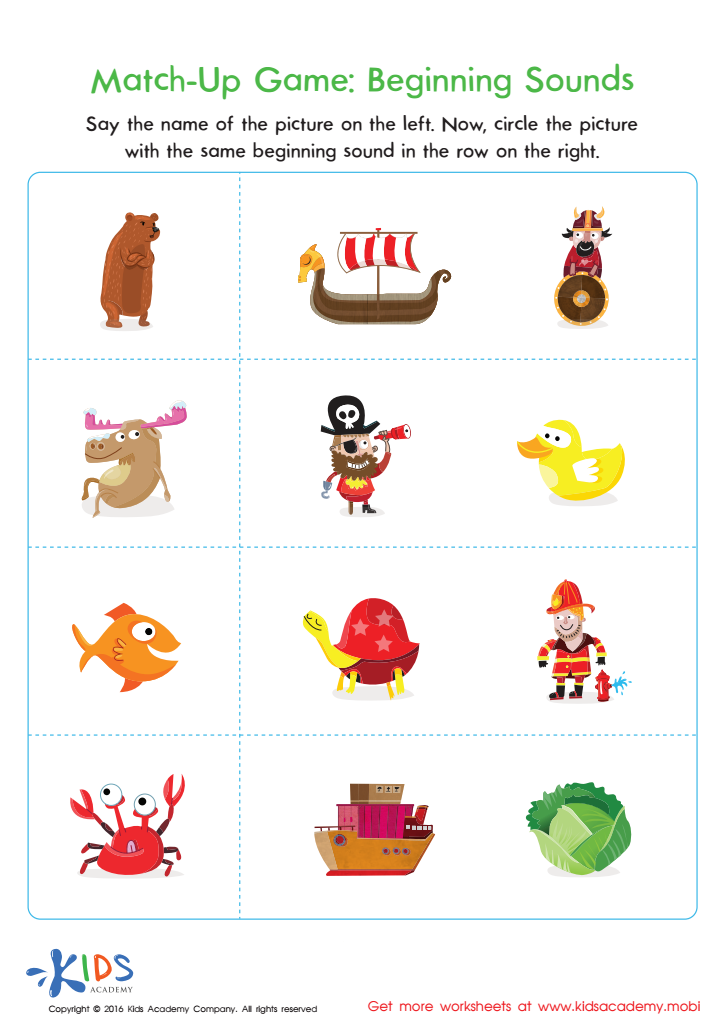

Match–Up Game: Beginning Sounds Worksheet
Question/Answer
Why is the Letter-sound correlation skill important for Kindergarten students?
The letter-sound correlation skill is crucial for Kindergarten students because it lays the foundational groundwork for reading and writing. By understanding the relationship between letters and their corresponding sounds, children can begin to decode words, enhancing their phonemic awareness, leading to improved reading fluency, comprehension, and the ability to write and spell words independently.
How to test a Kindergarten student’s Letter-sound correlation skills?
To test a Kindergarten student's letter-sound correlation skills, present them with flashcards of various letters and ask them to say the sound each letter makes. Additionally, you can show them objects or pictures and ask them to identify the beginning letter based on the sound it makes. Monitor their responses to assess their understanding and proficiency.
How does the mastery of the Letter-sound correlation skill affect a student's performance at an early age?
The mastery of letter-sound correlation significantly boosts a student's early reading skills and phonemic awareness, serving as a foundation for decoding words, spelling, and understanding. This fundamental skill enhances reading fluency, comprehension, and the ability to learn new words, directly impacting academic performance and confidence in literacy-based tasks at an early age.
 Assign to the classroom
Assign to the classroom

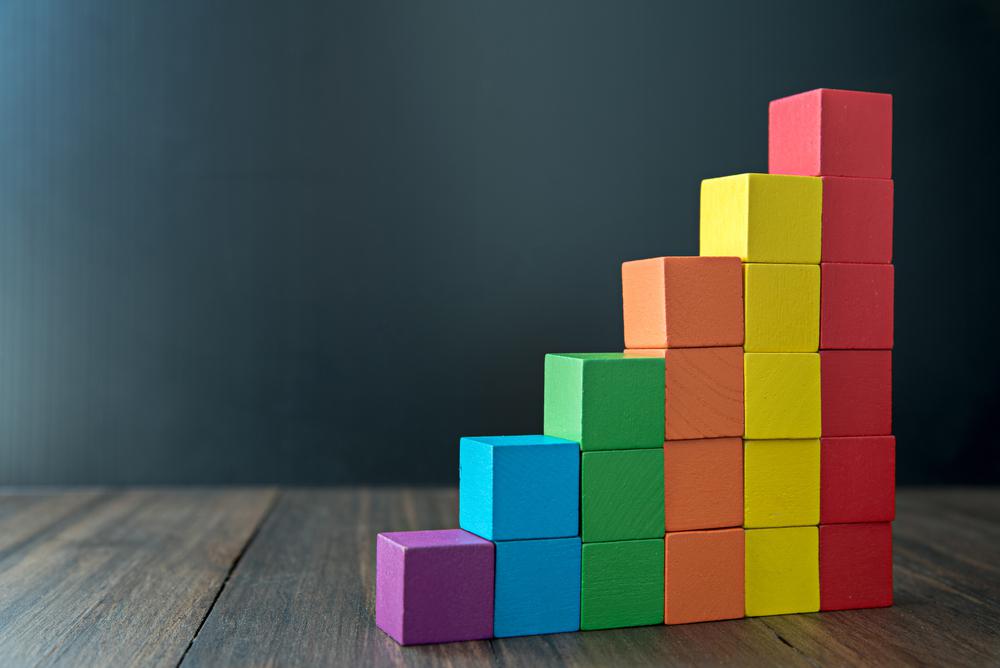



.jpg)






